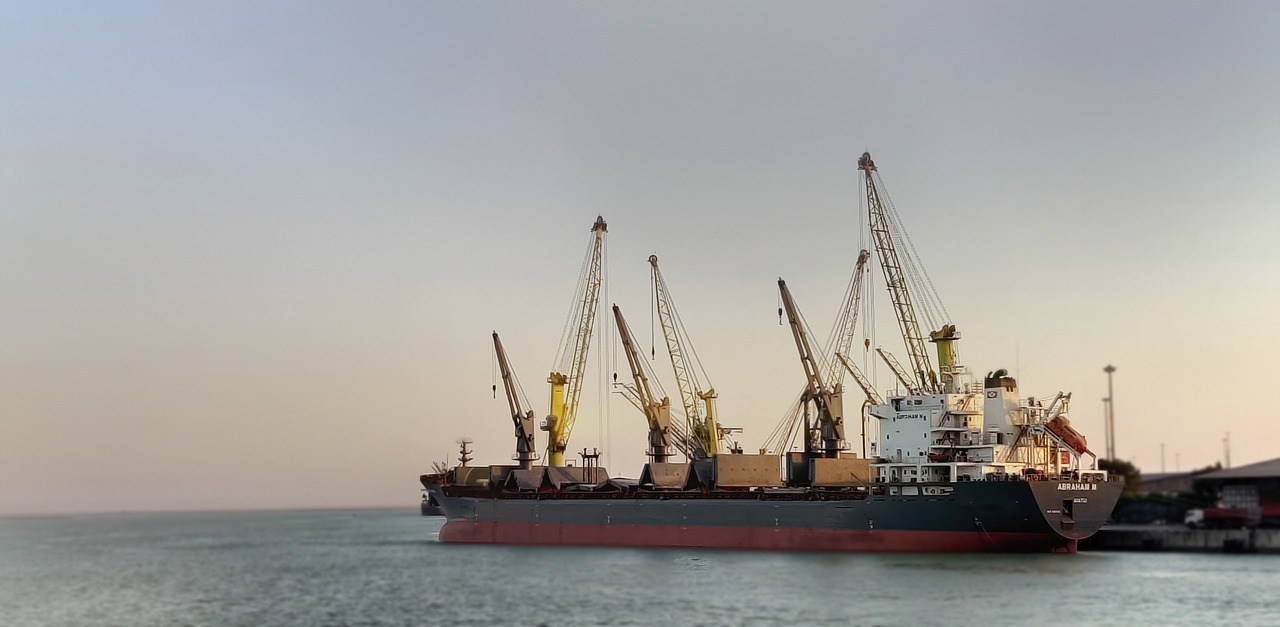
Romania’s Black Sea port of Constanta has shipped a record 29.4 million metric tons of grain in the first 10 months of 2023, with Ukraine accounting for 40% of the supply. Constanta has become Kyiv’s largest alternative export route since Russia invaded it last year, with grains arriving by road, rail, or barge across the Danube. During January-October, Kyiv shipped 11.7 million tons of grain through Constanta, up from 8.6 million in 2022. However, transit volumes have fallen in recent months due to Russia striking its river ports across the Danube from Romania and blocking road border crossings into Poland and Slovakia.
The Romanian government aims to double the monthly transit capacity for Ukrainian grain to 4 million tons in coming months, with investment in infrastructure ongoing both in Constanta and on the Danube. Port operators have also invested in equipment to increase loading speeds. Ukrainian grain competes for space in Constanta, which traditionally handles Romania’s crop exports and those of its landlocked neighbours, including Hungary and Serbia.
Romania possesses substantial capacity for exporting grain, being itself one of Europe’s largest grain producers. Situated in southeastern Europe, Romania enjoys proximity to key export routes, including access to major Black Sea ports. This strategic location facilitates efficient transportation and shipping to various global destinations. These ports are well-equipped to handle large volumes of bulk shipments, facilitating the smooth flow of grain to international markets.
The country has a well-developed transportation infrastructure, including an extensive network of roads and railways. This infrastructure connects agricultural regions to ports, streamlining the movement of grain from production areas to export terminals.The country has also invested in modern storage facilities, including silos and warehouses, ensuring proper storage conditions for grains before export.
Ukraine can consider itself lucky that it has a neighbouring state with geographic advantages and robust infrastructure. Ukrainian grain will continue to flow through Romania for the foreseeable future.






